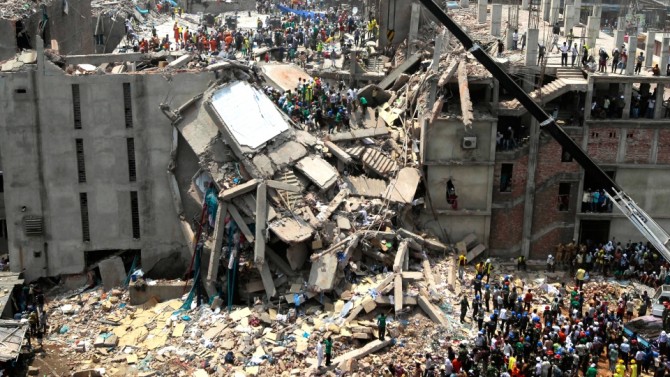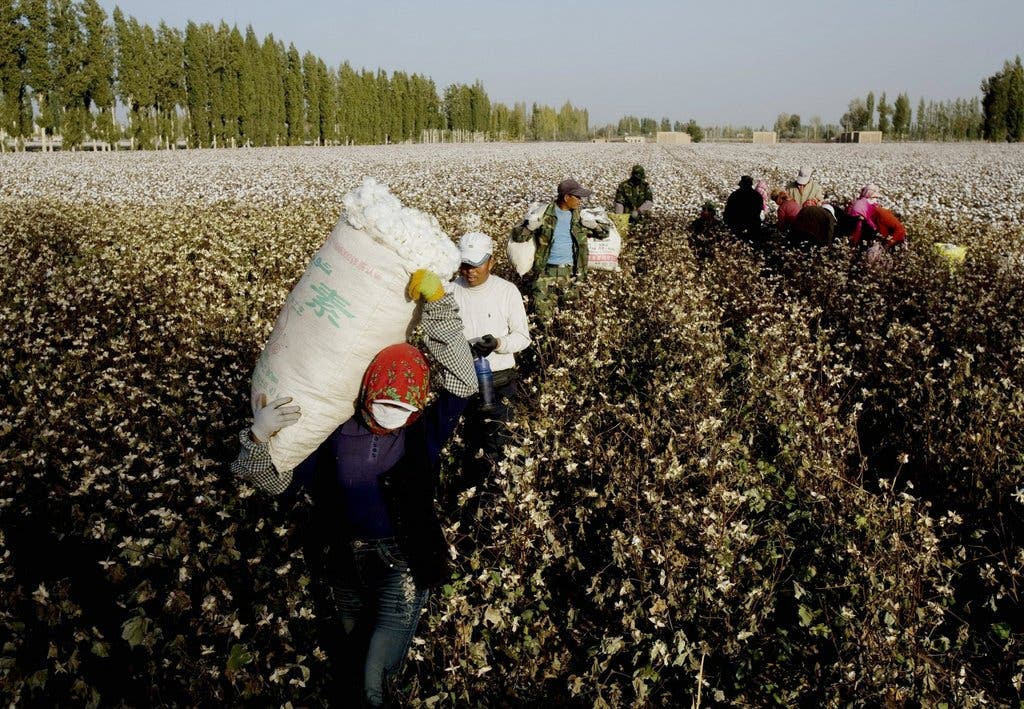By Maria Katsarou,
The Code of Conduct of the Inditex Group clearly states that: “Manufacturers and suppliers shall treat their employees with dignity and respect”. Nevertheless, recent events have proven that reality does not align. Through the years, Inditex (the mother company of brands like Zara) has been involved in numerous scandals, concerning terrible working conditions, child labor, and even stitched notes of desperate workers in clothing. These incidents obviously call for a more in-depth conversation about the ethics of Inditex.
To begin with, there were serious accusations of violations of workers’ rights after the fire incident in a smart garment factory located in Dhaka, Bangladesh. On the 20th of March 2010, a deadly fire broke out in the Matrix sweater limited factory, a seven-story building, that employed 3,000 workers. The factory was a supplier for Inditex (among other big fast fashion brands) and had practically no safety measures taken: no fire exit, blocked staircase, etc. While only one worker was killed and 30 were injured, this incident followed and was followed by many more fires, that were, in most cases, much more deadly.

Two years later, on the 24th of November, there was the Tazreen factory fire. 112 were killed, most of them while trying to escape, and many were injured. So, while the 9-story building was wrapped in flames, all exits were blocked, and, apparently, no precautions had been taken — the building did not even have a fire license. What is more, and unfortunately not to our surprise, two of the dead bodies belonged to children. While Zara has stated that it does no longer supply its garments from the Tazreen factory, it cannot bring its victims back to life, it could not predict such a tragedy and, even if it could, I am not sure it would try to prevent it.
The crimes of Inditex reached their peak in 2013, when a building housing 5 garment companies and 28 —identified— western brands, including Zara, collapsed in an industrial city in Bangladesh. This led to 1,132 dead and more than 2,500 injured workers. To this day, the ones still alive have not received full compensations, not even a public apology. The tragedy of Rana Plaza had an ephemeral impact on the world of activism; fast fashion received criticism, but the system itself that creates it not so much. The worst part, though, is that since then more than 109 accidents have occurred, with several deaths and injuries.

At the same time, Inditex has often been linked to forced labor. Historically, the Third World has presented itself as the perfect hotspot for cheap working hands, easy to replace and get rid of, in the eyes of companies like Inditex. Specifically, Zara has been accused of using cotton from forced labor camps for Uyghurs in China, which are notorious for slave-like conditions, and all kinds of abuse even forced sterilization of women. The situation is similar in the sweatshops of São Paulo, where workers (usually undocumented immigrants) work for up to 16 hours a day, under atrocious conditions.
To sum up, whether it is made in China or Brazil, Zara clothing consists of sweat, blood, and tears — unfortunately literally. Despite the spur of activism, justice for the victims of Inditex has not been served and the Group has not changed its practices, in contrast with its very liberal Code of Conduct. This makes us realize that the fight against fast fashion and worker exploitation must be consistent and collective. If we want a change, we must demand it.
References
- Fashion Retailers Face Inquiry Over Suspected Ties to Forced Labor in China, NYTimes, Available here
- Death, Injury and Health in the Fashion Industry, commonobjective.co, Available here
- The Rana Plaza Accident and its aftermath, ilo.org, Available here
- Rana Plaza a year on: Did fast-fashion brands learn any lessons at all?, The Guardian, Available here
- Fast-fashion at a human cost — Zara fashion retailer chooses sales over ethics, impactpolicies.org, Available here
- Recent Tragedies and Fire Safety in Bangladesh, workersrights.org, Available here
- Owners arrested for Bangladesh garment fire, livemint.com, Available here




